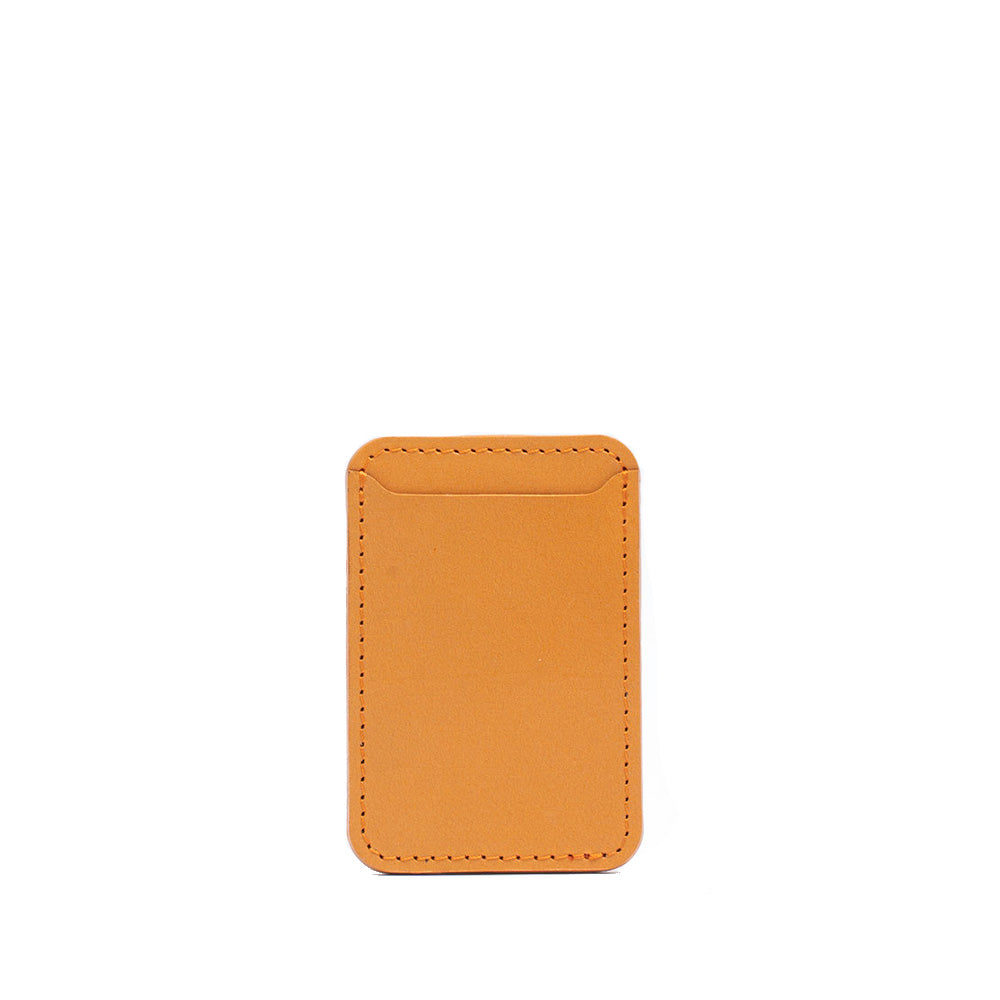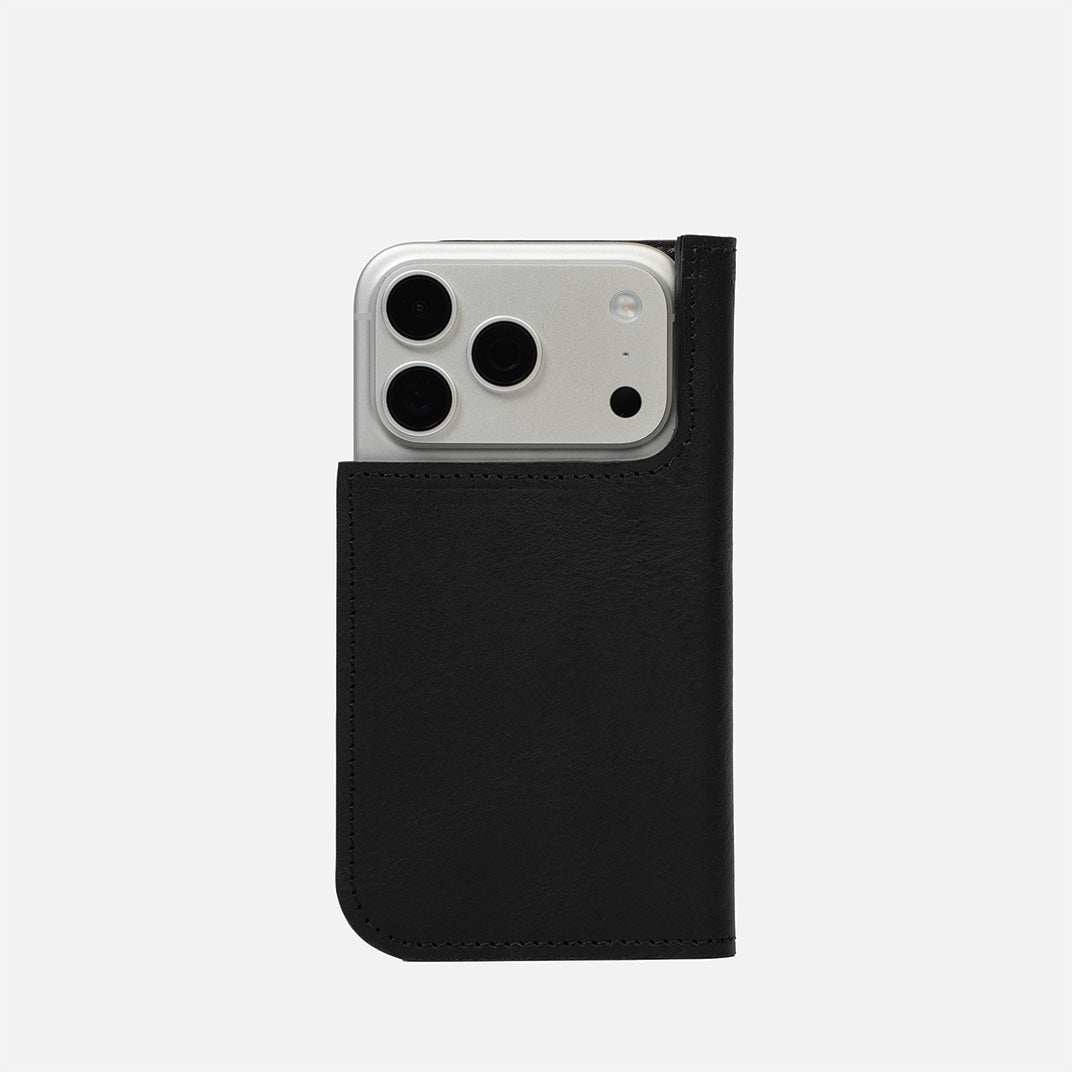When it comes to enhancing the functionality of the iPad Pro, using a mouse can significantly boost productivity and transform your tablet into a more traditional computing experience. Here's what you need to know about the compatibility and requirements for connecting a mouse to your iPad Pro.
Required iPadOS Version
To connect a mouse to your iPad Pro, it is essential that your device is updated to iPadOS 13.4 or later. This version introduced comprehensive support for mouse and trackpad devices, integrating them seamlessly into the operating system's interface. Updating to the latest version of iPadOS not only provides access to this feature but also ensures better stability and security.
Types of Compatible Mice
- Bluetooth Mouse: Most Bluetooth mouses will work with the iPad Pro, as long as they follow standard Bluetooth protocols. This includes a wide range of models from various manufacturers, offering choices in terms of size, ergonomics, and functionality.
- Apple Magic Mouse: Specifically designed for use with Apple products, both the first and second generations of the Magic Mouse are compatible with the iPad Pro. However, some gestures may be limited on the first-generation model.
Step-by-Step Guide to Connecting a Mouse to Your iPad Pro
- Ensure Your iPad is Compatible: Make sure your iPad Pro is updated to iPadOS 13.4 or later, as mouse and trackpad support starts from this version onwards.
- Turn on Your Bluetooth Device: Power on your mouse or trackpad. If it has a pairing button, press it to make the device discoverable. For devices like the Apple Magic Mouse or Magic Trackpad, they automatically go into pairing mode when turned on.
- Open Bluetooth Settings on Your iPad: Go to the Settings app on your iPad, tap 'Bluetooth', and ensure that Bluetooth is turned on.
- Pair the Device: Under 'Other Devices', you should see your mouse or trackpad listed. Tap on it to pair. If prompted, you may have to enter a pin (commonly 0000 for devices that require a pin).
- Confirm Connection: Once connected, you should see your device listed under 'My Devices' and it should say 'Connected'. A cursor will appear on the screen of your iPad, indicating that the mouse or trackpad is ready to use.
Troubleshooting Common Issues
- Device Not Discoverable: If your mouse or trackpad does not appear in the Bluetooth settings, ensure it is in pairing mode. You might need to turn the device off and on again or press the pairing button more firmly.
- Connection Fails: If the iPad fails to connect to the mouse or trackpad, try forgetting the device in Bluetooth settings and then reconnecting. To do this, tap on the 'i' next to the device in the 'My Devices' list and select 'Forget This Device', then start the pairing process again.
- Intermittent Connectivity: If your mouse or trackpad frequently disconnects, ensure there are no physical obstructions or significant distances between your iPad and the device. Also, check for interference from other wireless devices.
- Cursor Not Appearing: Make sure that the 'AssistiveTouch' feature is turned off unless needed for accessibility purposes, as it can sometimes interfere with normal cursor display. This setting is found under Settings > Accessibility.
- Responsiveness Issues: If the cursor movement is not smooth, adjust the tracking speed. Go to Settings > General > Trackpad & Mouse and use the slider to adjust the 'Tracking Speed' for a faster or slower cursor movement.
Customizing Your Experience with a Mouse on iPad Pro
Once you've successfully paired a mouse or trackpad with your iPad Pro, you can customize the pointer to better suit your preferences and needs. iPadOS offers a variety of settings to adjust the pointer's behavior, visibility, and more, enhancing accessibility and comfort. Here’s how you can customize these settings.
Adjusting Pointer Speed and Visibility
- Access Pointer Settings: Go to the Settings app on your iPad, select 'Accessibility', and then tap 'Pointer Control'. This menu is designed to adjust how the pointer interacts with your iPad's interface.
- Adjust Tracking Speed: Inside the Pointer Control settings, you will find an option to adjust the 'Tracking Speed' slider. Moving this slider will increase or decrease the speed at which the pointer moves across the screen, allowing you to find a comfortable pace for navigation.
- Visibility Enhancements: You can increase the pointer's visibility by adjusting its size and color. Tap on 'Pointer Size' to choose a larger or smaller cursor. For color, tap on 'Color' and select a hue that stands out against most backgrounds, ensuring the pointer is easy to track.
Customizing Pointer Behavior
- Pointer Animations: Toggle 'Pointer Animations' on or off depending on your preference. This setting affects how the pointer interacts with UI elements; for example, whether it morphs into buttons or changes appearance over text fields.
- Automatically Hide Pointer: If you prefer a cleaner screen, you can set the pointer to disappear after a period of inactivity. Just tap 'Automatically Hide Pointer' and choose the delay before the pointer fades from view.
Enhancing Click Options and Gestures
Secondary Click Settings
In the same 'Accessibility' menu, under 'Pointer Control', you can configure a secondary click (right-click). Choose which side of the mouse will trigger this action, or disable it if preferred.
Custom Gestures
For trackpad users, iPadOS allows the configuration of multi-finger gestures. These settings are found under Settings > General > Trackpad. Here, you can enable gestures such as two-finger scrolling or pinch-to-zoom, aligning with typical trackpad functions on laptops.
Utilizing Accessibility Features
AssistiveTouch
For users who need additional motor assistance, AssistiveTouch can be enabled under Settings > Accessibility > Touch > AssistiveTouch. This feature adds an on-screen menu that provides quick access to common actions like multitasking, adjusting volume, or locking the screen, all manageable via the mouse.
Adaptive Accessories
iPadOS also supports a range of adaptive accessories, configurable through the same Accessibility settings. These tools are particularly useful for users with specific physical needs, allowing them to tailor device interaction based on personal capabilities.




